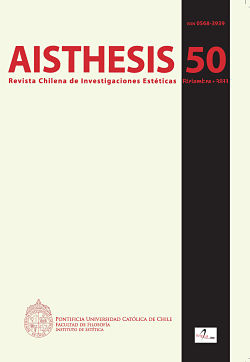From the Sound of Euphoria to the Silence of the Simulacrum. Instrumentalization of the Carnival in the North of Chile (1929-1939)
Main Article Content
Abstract
The main objective of the following article is to analyze the implications inferred in the ritual practice of the carnival in a period of economic, social and political crisis (1929-1940). Considering the contraposition between the irrationality of popular culture and the rationality of the culture of the free market, in this decade the popular ritual of carnival will be materialized as an expression of sarcastic and mocking humor, a climax of euphoria that has caused symbolic attacks against both the authority and idols. This makes the carnival a dangerous occurrence that must be kept under surveillance, with rules and disciplines. In relation to the above, this research will analyze the carnival as an instrument of power, instrumentalized like a simulacrum
Downloads
Article Details

This work is licensed under a Creative Commons Attribution-NonCommercial-ShareAlike 4.0 International License.
All contents of this electronic edition are distributed under the Creative Commons license of "Attribución-shareAlike 4.0 Internacional" (CC-BY-SA). Any total or partial reproduction of the material must mention its origin.
The rights of academic works published in this publication belong to their authors., who grant to AISTHESIS: Revista Chilena de Investigaciones Estéticas the license for its use. The management of the permits and the authorization of the publication of the images (or of any material) that contains copyright and its consequent rights of reproduction in this publication is the sole responsibility of the authors of the articles
